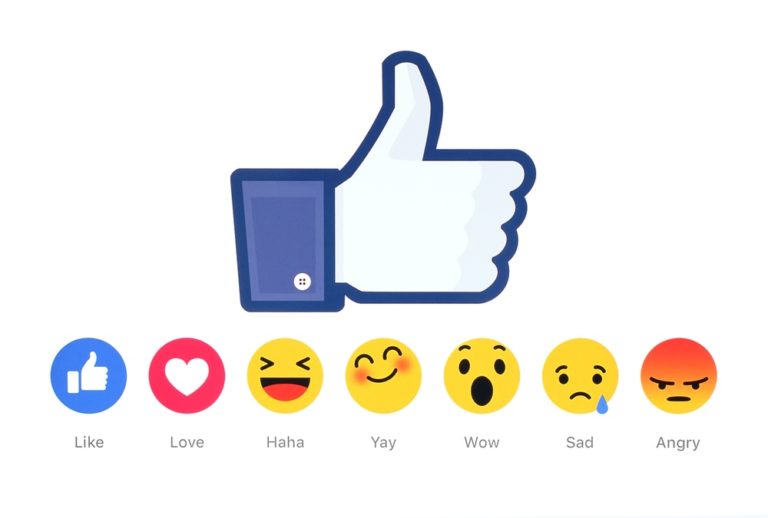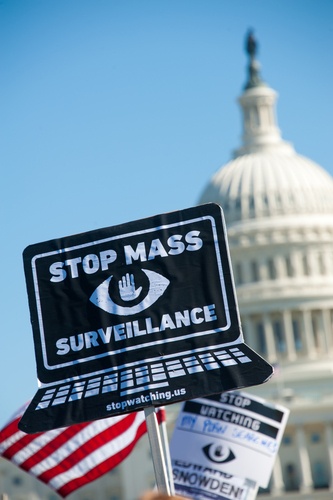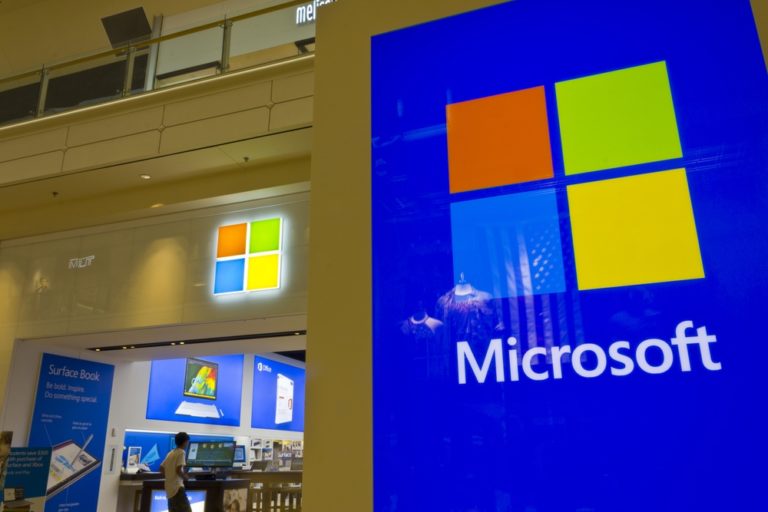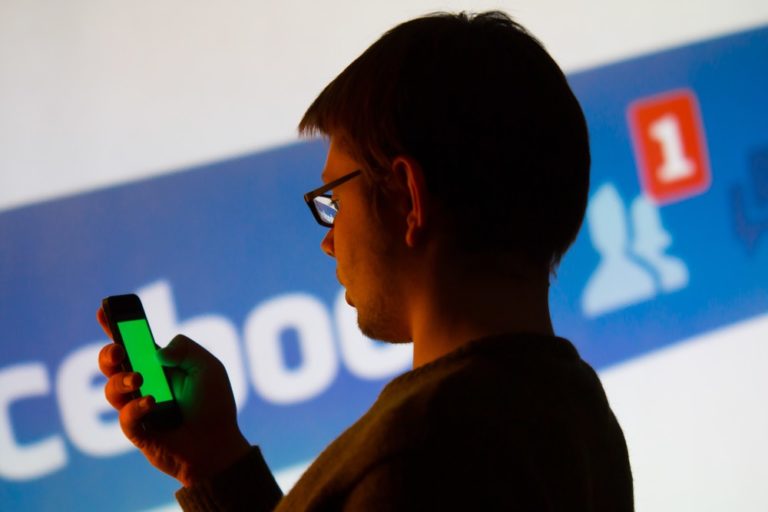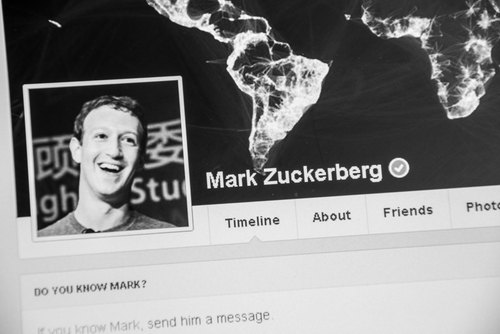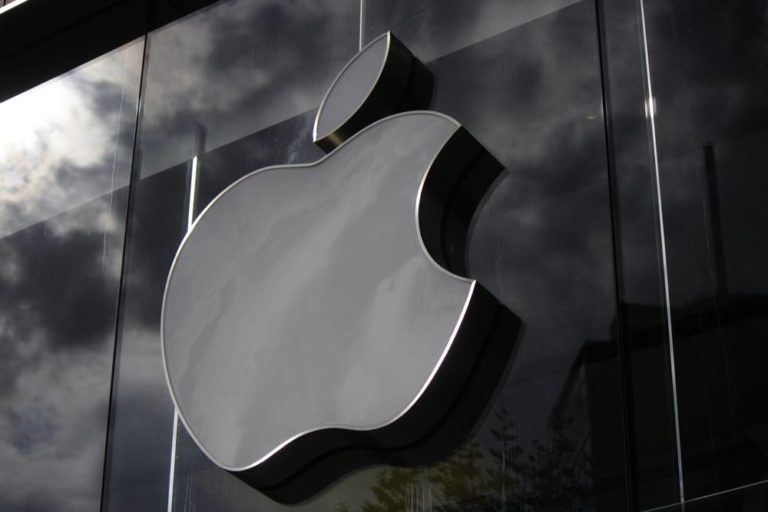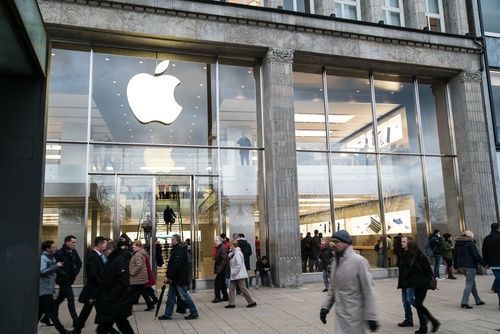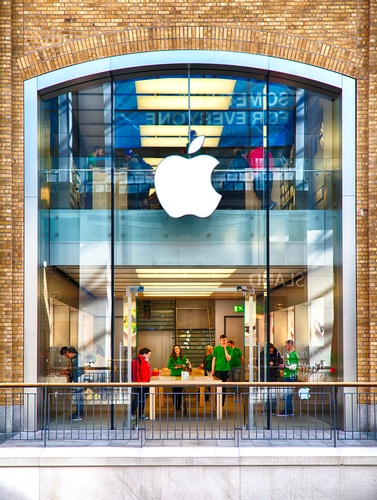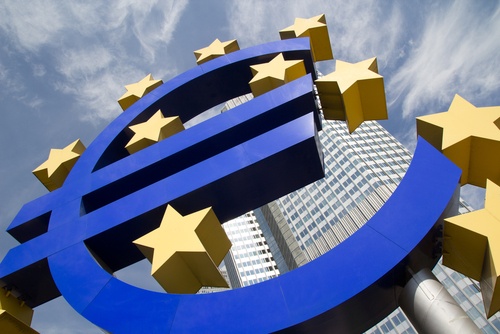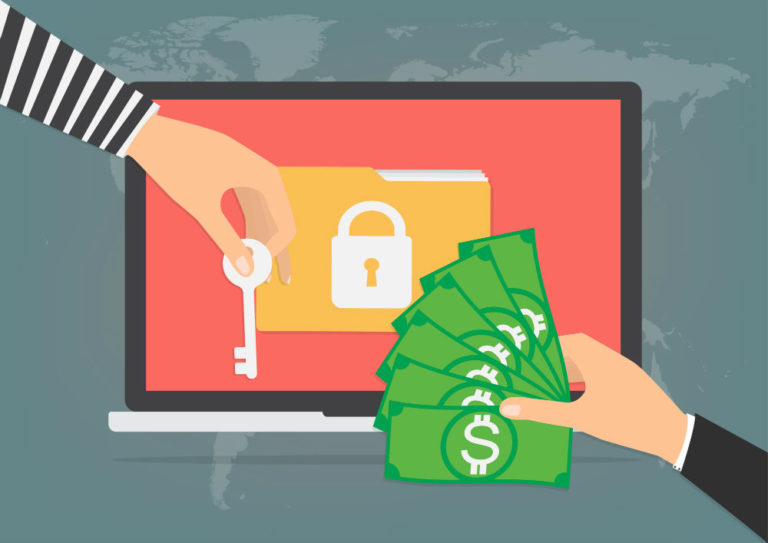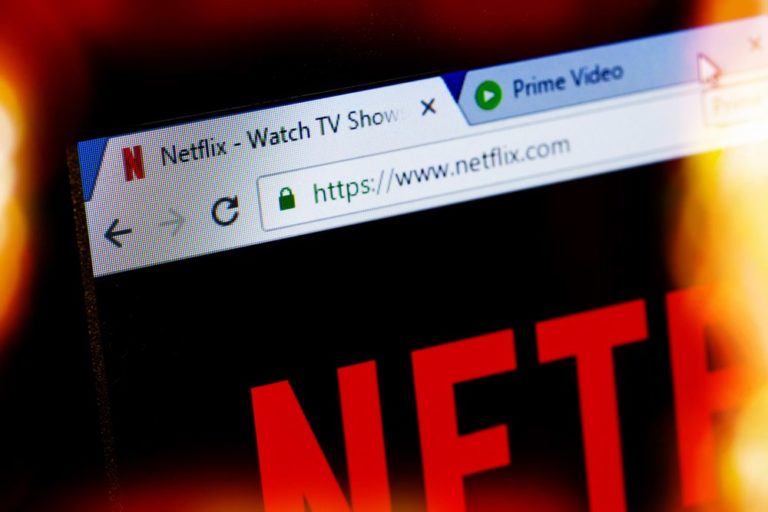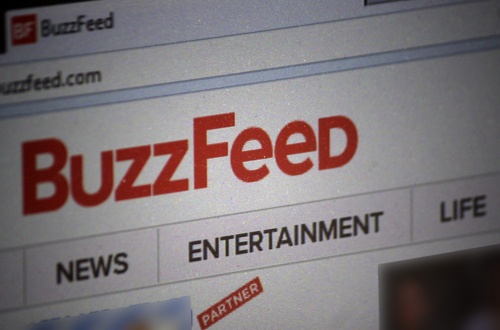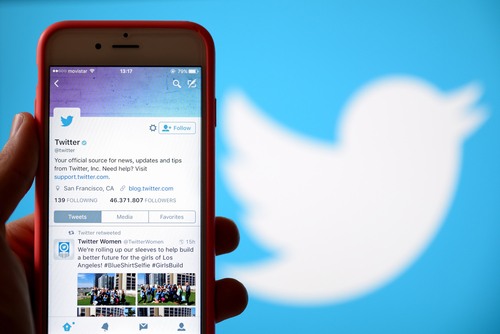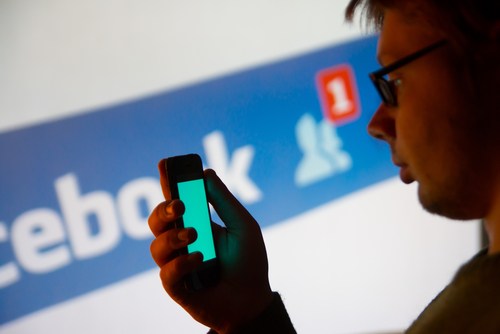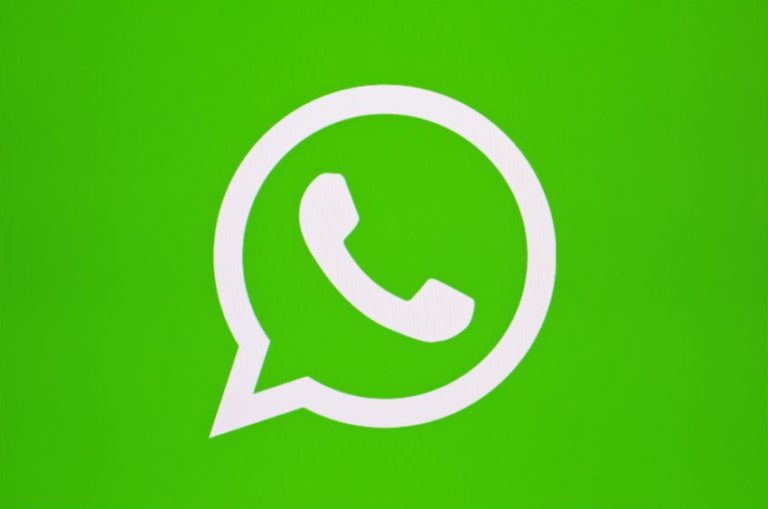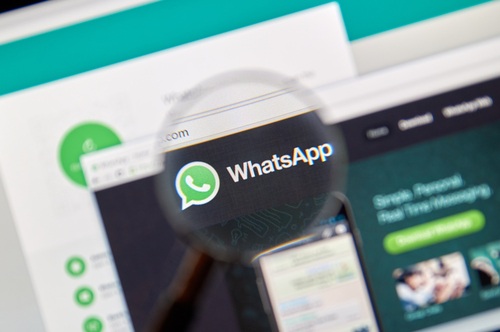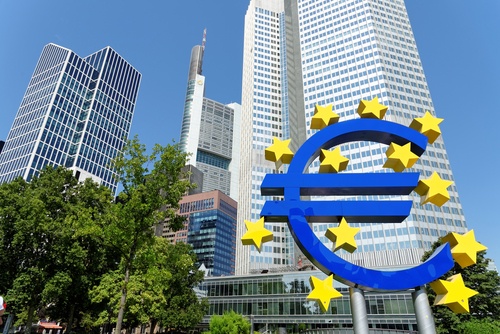A study called, the “Facebook Experiment” published in the journal of “Cyberpsychology, Behavior and Social Networking” found that people ended up feeling happier after they quit using Facebook.
Tromholt Morten, the lead researcher in the study, found that taking a break from Facebook made people happier. In fact, the study found life satisfaction increased and subject’s emotions became more positive. In addition, the study found that these effects increased for Facebook users who frequently visit the website or tend to envy others on the social network.
The experiment analyzed 1,095 people in Denmark and studied the subjects over the course of a week. Consisting of mostly of women (86%), the average Facebook user in the study had about 350 Facebook friends. Furthermore, each Facebook user in the study spent over an hour on per day on the social networking site.
First, researchers separated the subjects into two different groups. The treatment group, users who will not use Facebook over the course of the week, and the control group, users who will keep using Facebook as usual.
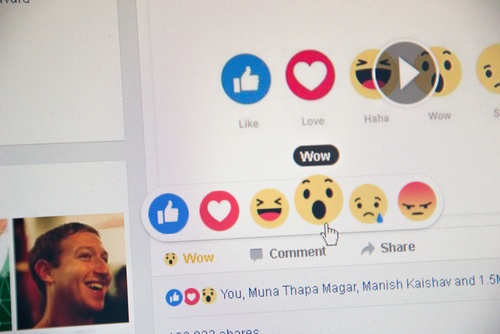
Jelenia Gora, Poland – February 25, 2016: New Facebook like button 6 Empathetic Emoji. Facebook is a well-known social networking service. (Bakhur Nick / Shutterstock.com)
Then, subjects completed a 15-minute online questionnaire on the last day of the study. The results of the study found there was a causal relationship between emotional well-being and Facebook use. However, the amount of reported gain of well-being varied in relation to how people use Facebook.
Overall, the study showed that people who spend a lot of time on Facebook, users who lurk on the social network and users who tend to get jealous others on Mark Zuckerberg’s company reported the highest gain in well being.
Ultimately, Morten explains that if someone cannot change the way they use Facebook, then they should “consider quitting Facebook for good.”
Researchers plan to explore the effects of quitting Facebook for longer periods of time in order to see how it impacts human psychology and behavior.
Facebook: Emotional Contagion experiment
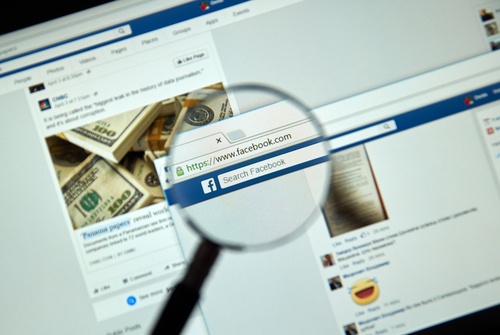
This is not the first time scientists studied the impact Facebook has on their billion users. However, one of the most telling studies came from Cornell University. In 2014, Cornell revealed that the University and Facebook engaged in an experiment that altered the news feeds of 689,003 random Facebook users.
The goal of the study was to change the number of negative and positive stories they saw on their news feed. Ultimately, scientists discovered it resulted in a psychological phenomenon called “emotional contagion”. Emotional contagion essentially means the emotions and feelings of someone else rub off on others. “When positive expressions were reduced, people produced fewer positive posts and more negative posts; when negative expressions were reduced, the opposite pattern occurred,” Cornell researchers explained.
Ultimately, researchers argue that in-person communication and nonverbal cues are not necessary for a emotional contagion to take place.
